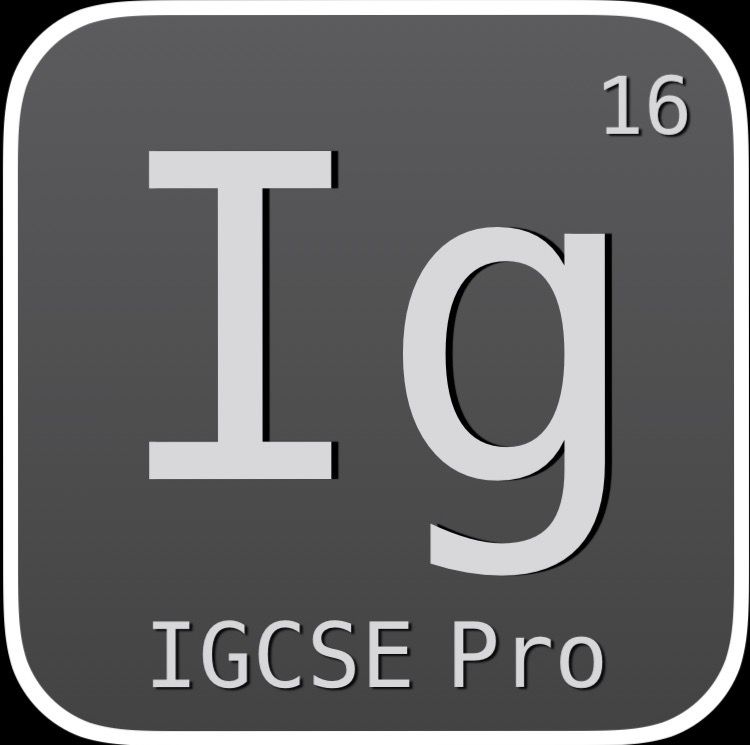AP World History

At IGCSE Pro, we have developed a special series of notes to help students taking the AP World History to succeed and score as high as possible. We intend for this space to develop as a resource that will keep growing to help students for the years to come.
With 350,353 students taking the exam in 2024, this subject is very popular across the United States. It is also a relatively challenging subject to score well in, with only 11.3% of test takers getting a 5.
Units
Unit 1: The Global Tapestry- AP World History Revision Notes
Unit 1 - The Global Tapestry is the beginning of AP World History and covers the prime events happening between the time period 1200-1450.

Unit 2: Networks of Exchange - AP World History Revision
Unit 2 of AP World History covers the various trade exchanges happening in different parts of the world between 1200 and 1450.

Unit 3: Land-Based Empires - AP World History Revision Notes
Unit 3 of AP World History covers the expansion of land-based empires, their administration, and belief systems, between 1450 and 1750.

Unit 4: Transoceanic Interconnections - AP World History
The core focus of Unit 4 is the development of exploration into transoceanic trade and the emergence of maritime empires from 1450 to 1750.

Unit 5: Revolutions - AP World History Revision Notes
Unit 5 explores the ideological changes from the Enlightenment and the Industrial Revolution, leading to economic development and innovation.

Unit 6: Consequences of Industrialization - AP World History
Unit 6 expands on the effects of industrialization through the lens of imperialism, nationalism, state expansion, global economic development,etc

Unit 7: Global Conflict After 1900 - AP World History Notes
In Unit 7 of APWH, we explore the key developments after 1900. From shifting power to the world wars, their causes and impacts on the economy

Unit 8: Cold War and Decolonization - AP World History Notes
Unit 8 covers the causes and effects of the Cold War, setting the stage for independence movements around the world and decolonization after 1900

Unit 9: Globalization after 1900 - AP World History Revision
The last unit in AP World History- Globalization after 1900 covers the emergence of technology, setting the stage for the new global order.

AP World History Exam Layout
The exam is laid out in four main parts. The greatest weightage goes to the Multiple Choice Questions, and presents a good opportunity to score high.
| Section | Questions / Time | Weight | Details |
|---|---|---|---|
| Multiple Choice Question | 55 questions / 55 minutes | 40% | - Each question tied to a stimulus - Each stimulus has 3–4 questions |
| Short Answer Question | 3 questions / 40 minutes | 20% | - Q1: Secondary source stimulus - Q2: Primary source stimulus - Q3 or Q4 (no stimulus) • Q3: Covers 1200–1750 • Q4: Covers 1750–2001 |
| Document Based Question | 1 essay / 7 documents | 25% | - Documents from Period 2 (1450–1750) onward |
| Long Answer Question | 1 essay (no stimulus) | 15% | Choose one: - Q1: 1200–1750 - Q2: 1450–1900 - Q3: 1750–2001 |
💡
It is recommended to start study prep with the MCQ tests first, check what you got wrong, and then study those specific topics.
Additional Resources and Guides
List of All People to Know - AP World History
This is a complete list of all historical figures you must know in preparation for your AP World History examination.

A List of All Important Events - AP World History
A complete list of all the important events you need to know for your AP World History examination.



